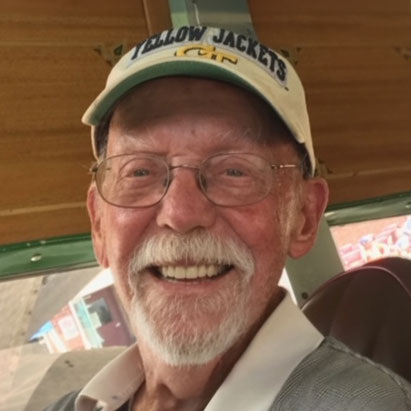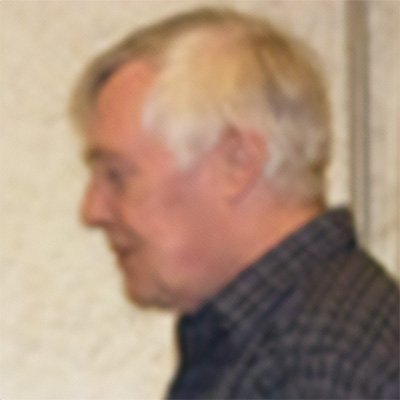A history of the EXPRESS languages
This is the official account of the EXPRESS language family, written and confirmed by the original team of EXPRESS inventors/developers: Doug Schenck, Bernd Wenzel, Joe Eggers and Peter Wilson.
Creation of EXPRESS
Douglas Schenck and Peter Wilson published the authoritative reference to the EXPRESS language named “Information Modeling: The EXPRESS Way” in 1994, with several anecdotes of how EXPRESS was initially conceived:
The name EXPRESS (which is supposed to conjure up the idea of expressiveness) was coined in Zurich in the spring of 1986 when Bernd Wenzel and [Doug] first started working on the problem.
Peter Wilson developed EXPRESS-G and EXPRESS-I.
Birth of EXPRESS (1982)
The PDDI program was created in 1982 by the US Air Force at the McDonnell Douglas Corporation, headed by Douglas Schenck (of McDonnell Aircraft).
A data modelling language was developed in PDDI called “PDDI DSL” (Data Specification Language).
Joe Eggers (of McDonnell Aircraft) with Doug developed the first parsers and compilers.
|
Note
|
At one point, the PDDI DSL was called the “Doug Schenck Language”. |
EXPRESS in NBS (1984)
As part of the NBS (now NIST) STEP effort, PDES was created under the IGES organization within NBS.
PDDI DSL was transitioned into the PDES organization within NBS as the PDDI program was mostly completed in 1985.
NSB hosted the first ISO/TC 184/SC 4 meeting in July 1984, and served as the the SC4 Secretariat on behalf of ANSI until December 1998.
|
Note
|
NBS was renamed to “NIST” in 1988. |
|
Note
|
The NBS PDES organization was succeeded by PDES, Inc. |
Coinage of EXPRESS (1986)
Douglas Schenck and Bernd Wenzel (of GEMAP MbH, Munich, FRG) named the language as “EXPRESS” in Jan 1986.
Joe Eggers worked closely with Doug and Bernd to ensure the language was readily machine-processable.
NBS (via Doug Schenck) submitted the "EXPRESS - A Language for Information Modeling" document in 1986 Jan to ISO/TC 184/SC 4/WG 1 as N119.
EXPRESS in ISO (1986)
NBS (via Doug Schenck) submitted an updated EXPRESS specification as ISO TC 184/SC4/WG 1 N177.
|
Note
|
This submission is made available by NIST at NIST IR 88-4004 Part 4. |
EXPRESS in ISO (1988)
Douglas Schenck submitted through NBS the “PDES Test Draft” to ISO/TC 184/SC 4/WG 1 as N268 (non-LaTeX) and then N287 (LaTeX formatted).
STEP file structure (also called “physical file”), also inspired by the PDDI effort, was submitted as N279.
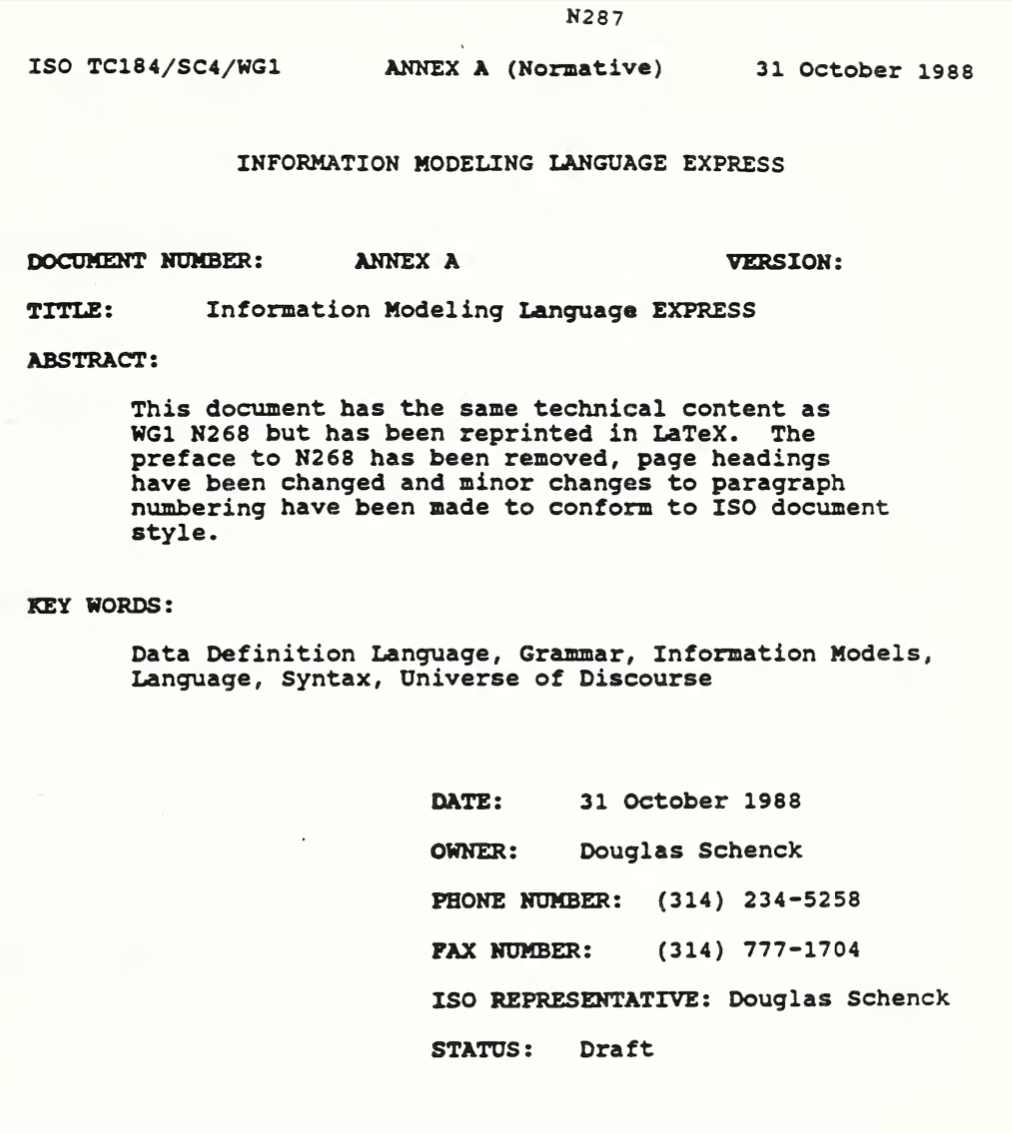
SOURCE: NISTIR 88-4004 PDES First Working Draft.
Birth of EXPRESS-G (1989/90)
Peter Wilson (Boeing) created EXPRESS-G in 1989, which was formalized in 1990.
It didn’t take long as I was the only one doing it so there were no heated discussions.
Information Modeling: The EXPRESS Way
It was accepted by ISO at the same time as EXPRESS itself.

Birth of EXPRESS-I (1991/92)
EXPRESS-I came a little later. A language for describing instances of information models.
The language is described in the "Information Modeling: The EXPRESS Way". It was never standardized at ISO.
EXPRESS accepted as an International Standard at ISO (1994)
The book “Information Modeling: The EXPRESS Way” by Douglas Schenck and Peter Wilson, was published by Oxford University Press (1994), which covers EXPRESS, EXPRESS-G and EXPRESS-I.
EXPRESS and EXPRESS-G were published as ISO 10303-11:1994, “The EXPRESS language reference manual”.
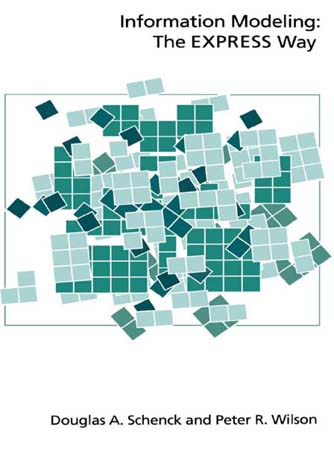
Figure 3. Information Modeling: The EXPRESS Way, by Douglas Schenck and Peter Wilson
|
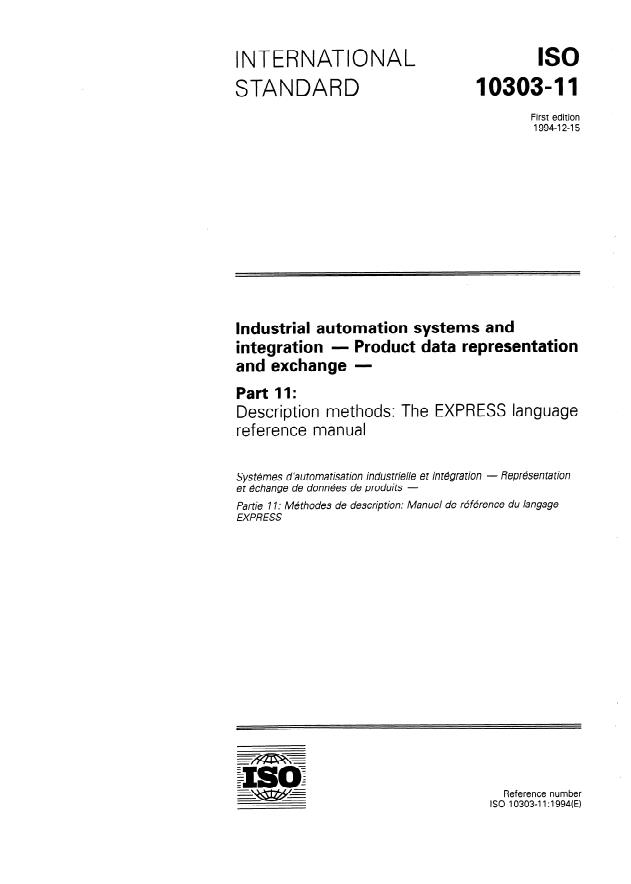
Figure 4. ISO 10303-11:1994
|
References for EXPRESS, EXPRESS-G, EXPRESS-I and EXPRESS-X were published.
EXPRESS International Standard updated at ISO (2004)
EXPRESS was updated to edition 2 in ISO 10303-11:2004, “The EXPRESS language reference manual”
This work was performed in ISO/TC 184/SC 4/WG 11 (convenor David Loffredo), led by project leader Phil Spiby, with contribution of many experts including Peter Wilson, Ed Barkmeyer, Peter Denno, Jochen Haenisch, David Price.
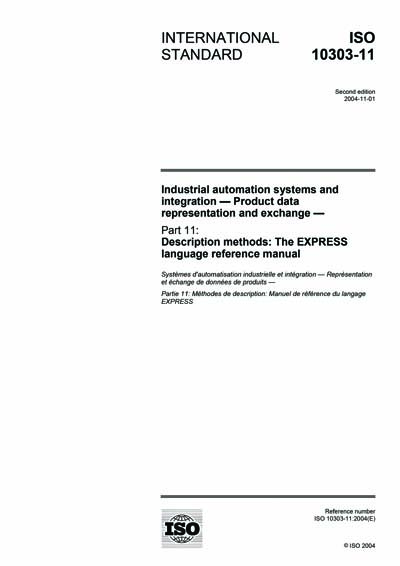
Figure 5. Cover page of ISO 10303-11:2004
|
Summary
The inventors of EXPRESS with ELF will be carrying this history of the EXPRESS languages forward.
